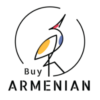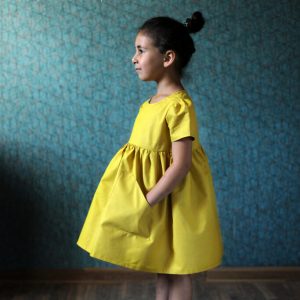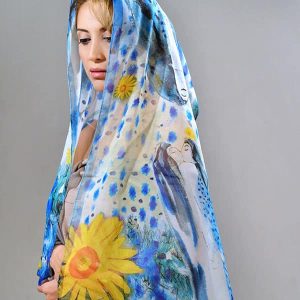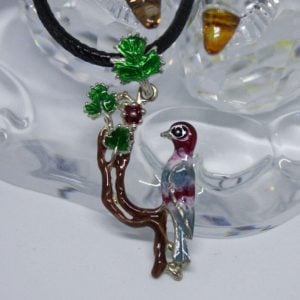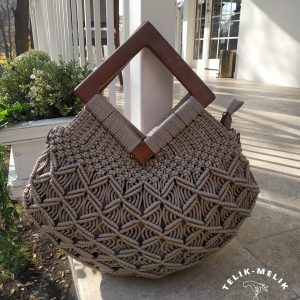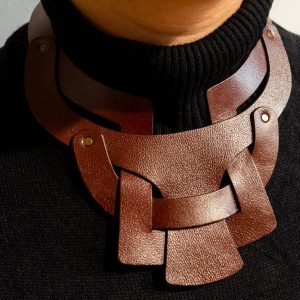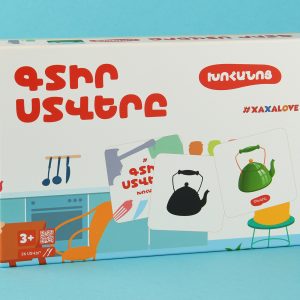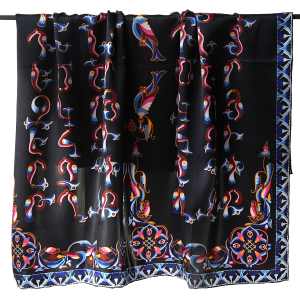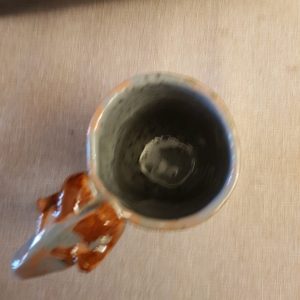-
“Flower” Brooch
Handmade brooch from organic glass. Made in Tavush region Arrmenia.
$8.00 Buy 10 to get 10% discount“Flower” Brooch
$8.00 Buy 10 to get 10% discount -
Yellow Cotton Dress
Cotton dress made in Armenia.
This dress will be ready in 10 days after the order.
$35.00 – $65.00Yellow Cotton Dress
$35.00 – $65.00 -
-
“Love” Chiffon Scarf
HASIS scarf “LOVE”
The HASIS scarf called “Love” is based on the motifs of the painting by Martiros Sarian “Love. Fairy Tale” is in harmony with the love of a boy and a girl: flowers symbolize the dreams, and yellow ones are the love that warms the soul.
Through a variety of combinations, this accessory allows presenting the classical art-piece in an original way.
Size – 45×160 cm
Material – silky chiffon
Handmade hem$70.00“Love” Chiffon Scarf
$70.00 -
-
-
-
Genuine leather Necklace Gorget, Celtic, modern, contemporary gorget, leather armor
Gorgeous genuine leather celtic gorget necklace. Wear it every day or on any occasion. It catches the eye by its uniqueness and quality.
$30.00 -
-
Nursing Bottles Set
• BPA/PVC Free• Anti-colic• Baby controls the milk flow• Easy switch from bottle to breast• Simple to assemble• 100% Spill proof$28.89Nursing Bottles Set
$28.89 -
“Trchnagir” Alphabet
The Armenian alphabet was created in 405 AD.
One of the greatest marks of the Armenian identity is the Armenian language. The exact origins of the Armenian language, however, are a little bit obscure. Such is the case with many ancient languages. Serious scholarship starting from the 19th century has placed Armenian among the wider family of Indo-European languages, although it forms its own separate branch within that group. So the language does not have any close relatives today, even Indo-European ones, such as Spanish and Portuguese or Russian and Polish might be considered.Armenian is also unique in its writing system. The Armenians use their own alphabet which was, by tradition, created following the studies and meditations of a monk, Mesrop Mashtots, in the early 5th century AD. Christianity had already been accepted as the national religion for a hundred years in Armenia, but the Bible was not yet available in the native language. The tradition goes that the main motivation to come up with a separate Armenian alphabet was in order to translate the Bible in such a way that would be accessible and suitable for the language and the people.
Mesrop Mashtots – who has since been venerated as a saint, as the patron of teaching and learning for Armenians – accomplished the task in the year 405 AD, thus setting the stage for a rich trove of works of religion and history, science and philosophy, illuminated manuscripts, and published books in the millennium and a half that followed, continuing on today. A major road in the capital of Armenia, Yerevan, is named for Mashtots, and one end of it is the apt location for the Matenadaran, the national repository of manuscripts which also functions as a research institute and museum.
$110.00“Trchnagir” Alphabet
$110.00 -
